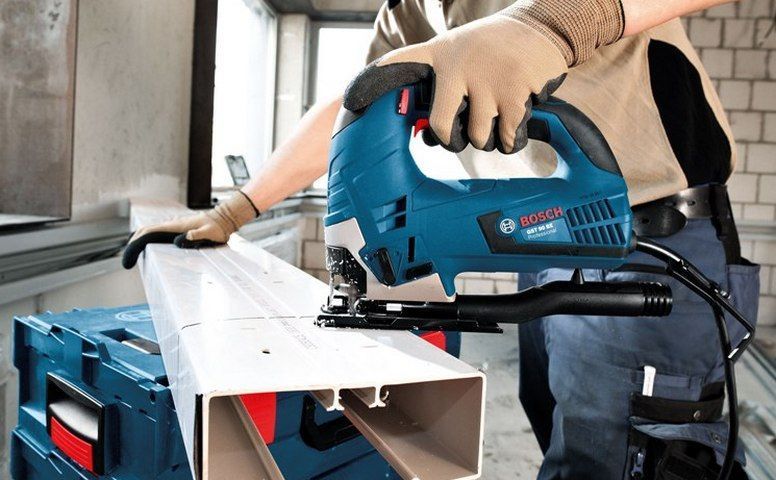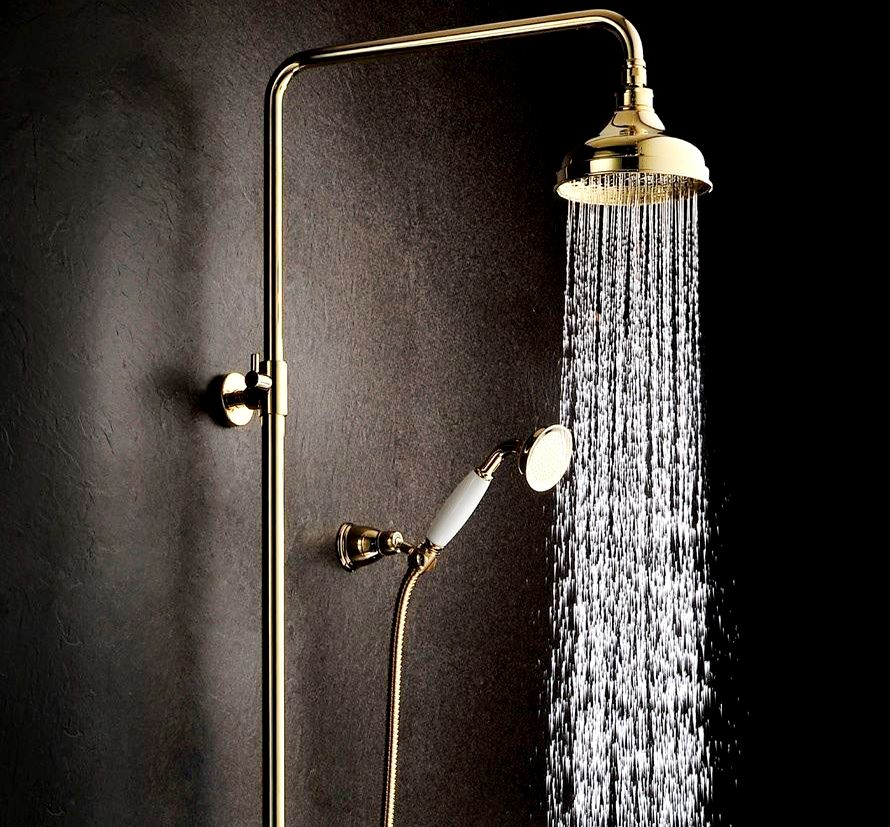Ranking of the best mandolins for 2024

Italian melodies, lush baroque, romantic atmosphere of Italy are the first associations that arise with the word "mandolin". This stringed musical instrument, shaped like a half of a pear, is a subspecies of the lute that became its prototype. However, compared to the lute, the mandolin has fewer strings and the neck is shorter in length. As for the musical application, it is quite wide and varied: it is used not only in the performance of Italian folk music, but also in other musical trends and styles, from the Renaissance to country, folk and rock.
Despite the unusualness of the instrument and its specific sound, attention to the mandolin is not diminishing, and today you can find its ancient and modern varieties.
Mandolin device
Its body is usually made of wood and has a teardrop shape. The edges of the instrument are also made from hardwoods such as rosewood, maple, cherry or ebony. Decks are made of spruce or cedar. The classic Neapolitan mandolin has a flat top with a slight break and a convex back. This body shape provides a strong and soft sound compared to the sharper sound of the Portuguese body shape.

The neck can hold 10 frets of ivory or metal, and is made of larch, maple, rosewood cedar and other woods. The part of the fretboard on the deck can accommodate additional frets. The head with slots for the tuning pegs is flat, made of metal (in the old days it was made of bone or hard wood and was fastened with nails).
The nut, stand is also made of durable wood or ivory. The stand can be moved, it is not fixed, which allows fine adjustment of the scale. The tailpiece can be metal, wood or bone. As for the number of strings, it differs depending on the type of instrument. The strings are made of steel, the windings can be bronze, copper, brass, nickel or silver. The thickness of the strings is 009p-012p-021w-036w, 010p-014p-024w-038w or 011p-015p-026w-040w, ("p" - unwrapped strings, "w" - wound).
Origin story
The emergence of this musical instrument can be traced back to about the XIV century, when the first mandola (a type of lute) appeared in Europe. In European countries, it had different names, the parameters of the instrument also differed slightly.
The first mention of a mandolin with steel strings (about the Genoese variety, in many ways similar to modern designs) is found in the works of famous Italian musicians, who, traveling through European cities, taught music and playing various musical instruments. According to information extracted from ancient records, it has been suggested that the classical mandolin that has come to our days originated in Naples and was invented in the Vinachia family.Today, its first models are in museums in Brussels, USA, London, the earliest example dates back to 1744.
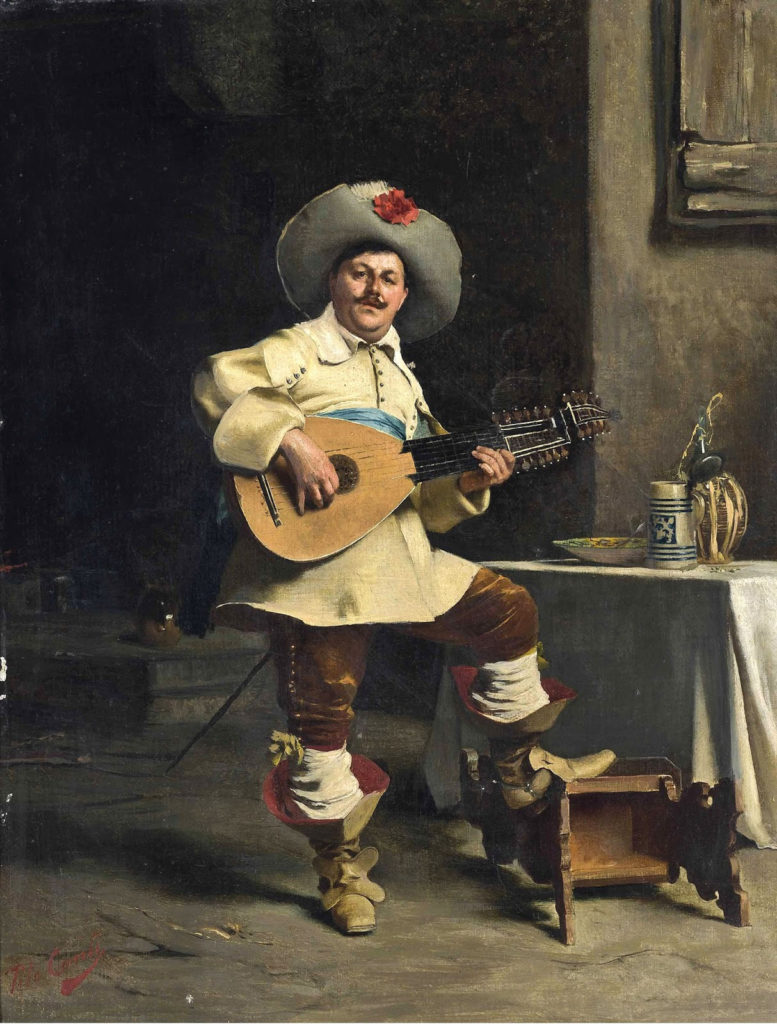
You can play modern mandolins in a group, ensemble, accompany or perform solo compositions of various musical styles. In Russia, the mandolin was highly popular in the tsarist pre-revolutionary era, during the Soviet era and today. Music performed on the mandolin can be heard in many films of the Soviet era, and you can find mention of it in Russian literature. The art of playing this musical instrument is owned by Vladimir Kholstinin, one of the frontmen of the famous rock group "Aria".
Mandolin is very popular in the areas of folk rock and even metal - it can be heard in the compositions of such legendary bands and artists as Metallica, Led Zeppelin, Nightwish, The Doors, In Extremo, Jethro Tull and other famous bands.
Dave Apollo, an American musician of Russian origin, has recorded many pieces for mandolin and is considered the greatest mandolinist of the 20th century.
Varieties
In the modern world, the most popular and demanded type of mandolin is the Neapolitan, however, other types of this musical instrument are widespread in various areas of music. For example, in the United States, the bluegrass variation is most common.
As for the main directions, there are two of them:
- Academic tradition. From here originated such subtypes of the instrument as bouzouki (Celtic music) and bandolina (Brazilian version).
- Country. This includes the classic mandolin with A-style and F-style forms (a separate type of instrument that is widespread and in high demand).
Instruments of the A-style variety are oval or teardrop-shaped, the back and top are usually carved with arched elements like a violin. Also, the A-style instrument has a flat back, due to which it has a slight resemblance to a guitar. This type is most popular among those playing folk music, Celtic tunes, as well as classics.
The F-style, or Florentine variety, is distinguished by the presence of the deck protrusions in the lower part, thanks to which the seated musician can comfortably hold the instrument. This type is popular with bluegrass and country performers, also, on the basis of the Florentine mandolin, other varieties of the instrument were created, which have separate distinctive elements, differing in the shape of the body, the number of strings.
Today there are the following types:
- Neapolitan. Its body has an almond-shaped, strongly curved shape, it is made of wood. The instrument has 4 double strings that are tuned similar to violin strings.
- Milan. The main difference between this variety is the number of strings - five double strings are placed on the Milanese variation.
- Portuguese. The body of this type of tool has an almost flat shape with a shell. The decks are also nearly flat. The Portuguese variety also comes with top-mounted f-holes and a resonator hole.
- Mandriola. Its other name is Trichordia, or Sicilian mandolin. This is a variant with four triple strings. Mandriola was most widely used in Mexican music.
- Mandola. This modification, which is the ancestor of the modern instrument, has several names - mandora, bandurin, tenor mandola, pandurin. The scale of the mandola is 420 mm, as for the scale, it is one fifth lower than usual.
- Octave. Its tuning is one octave lower than usual, but otherwise corresponds to the standard G-D-A-E. The octave mandolin scale is 500-584 mm, which corresponds to 20-23 inches.
- Mandochello. This modification differs from other varieties in size and scale, which brings the Mandochello closer to the guitar. The pitch is like a mandala, C-G-D-A, and the scale is 635-686 mm (25-27 inches).
- Laouto. It is a kind of mandochello with the same pitch, but the scale is 712 mm (28 inches). Laouto is most popular in Greece.
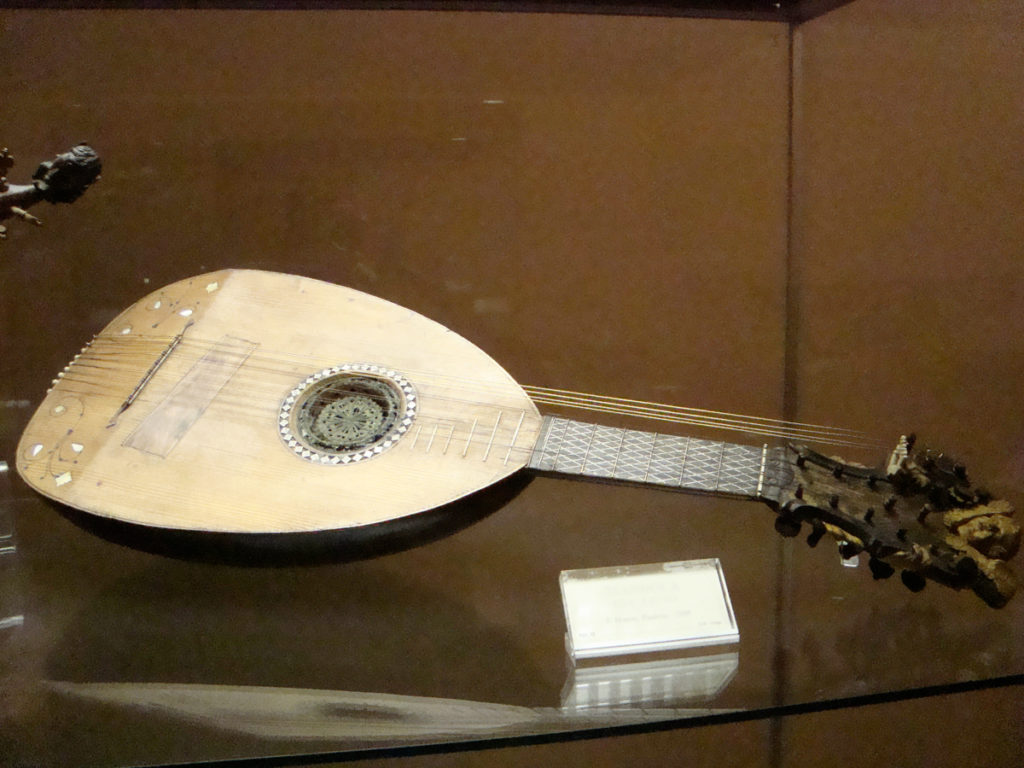
- Mando bass. The prototype of this type is the contrabass.Here, similar to the contrabass, the classical scale size (1 100 mm, which is 43 inches). Mando bass comes in four-string, E-A-D-G tuning, and, like mandolin, eight-stringed with four pairs of strings and similar fingering. In the latter, the mando bass is tuned two octaves lower (scale G-D-A-E or C-G-D-A).
- Sopranino Mandolin. Its other name is small mandolin. This variety is less common than the previous ones, the scale is 240 mm (9.5 inches), and its action is C-G-D-A.
- Irish bouzouki. Or the short version of the name is "zuk". This modification features the classic four double strings tuned in pairs. The scale of the Irish bouzouki is 530-610 mm (21-24 inches), the scale is G-D-A-E or G-D-A-D.
- Cistra. Despite the additional pair of strings, the sound of the cister is similar to an octave mandolin, has a D-G-D-A-D or G-D-A-D-A tuning, five doubled strings, and the scale is 500-550 mm (20-22 inches).
Review of the most popular mandolin models
Kentucky KM-150
Mandolin A-style. The top is made from solid resonant spruce, the back and sides are made from solid maple. The body is sunburst lacquered and the edges are trimmed with ivory plastic tape. The protective strip is made of black plastic. Efs and anchor are traditional. The neck is glued in, the neck is made of solid maple, the fingerboard is Indian rosewood. The string length is 354 mm. The Kentucky KM-150 has 21 frets (12 of which are on the fretboard), with mother-of-pearl dots at the 3,5,7,10,12,15 frets. The headstock logo is also made of mother of pearl.
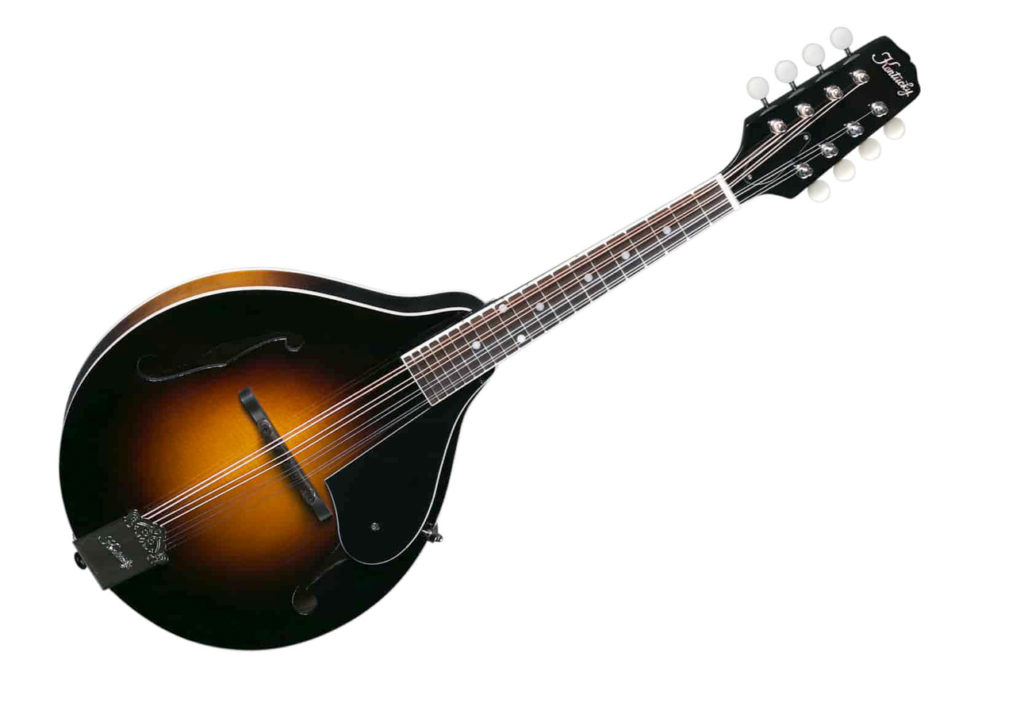
The saddle is made of bone and is 29 mm wide. The saddle is made of rosewood and is equipped with adjustment wheels. The brass neck is stylized for the 1920s. The handles for the tuning pegs "deluxe" are plastic, white, the number of tuning pegs is 8 (4 on each side).
The country of the model manufacturer is the USA. The average cost is 28,500 rubles.
- Soft sound;
- Smooth sound.
- The floating bridge is difficult to set up.
Ibanez M510E-BS
Electric mandolin A-style, belongs to the limited edition "Ibanez's Limited Mandolin". Has a glossy "Brown Sunburst" color. The top of the M510E-BS is made of spruce, with a mahogany back and a maple neck. All tool fittings are chrome plated. The bridge and escutcheons are made of rosewood. The strings are standard.
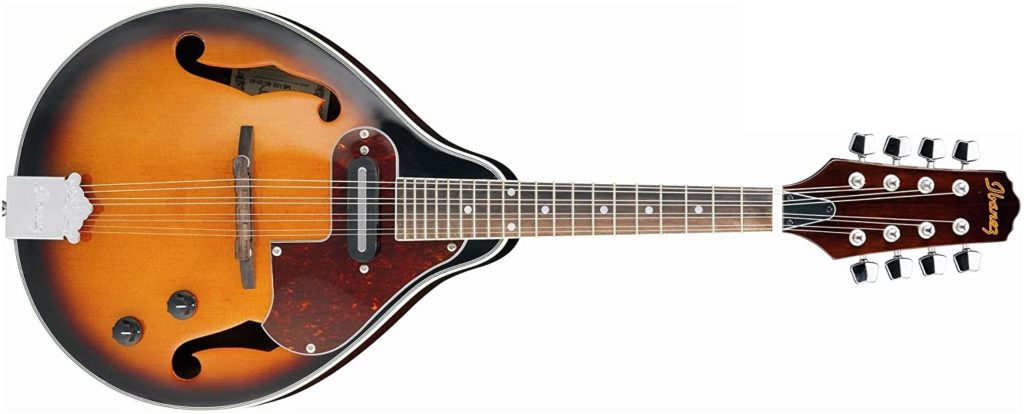
The Ibanez M510E-BS features a magnetic single coil pickup with volume and tone controls to customize the sound.
The average cost is 12,454 rubles.
- Convenience in the game;
- Great sounding.
- Not found.
Eastman MD 315
Bluegrass mandolin with F-Style shape. The deck is made of solid spruce, the back, sides and neck are maple. The coating of the instrument is satin lacquered.
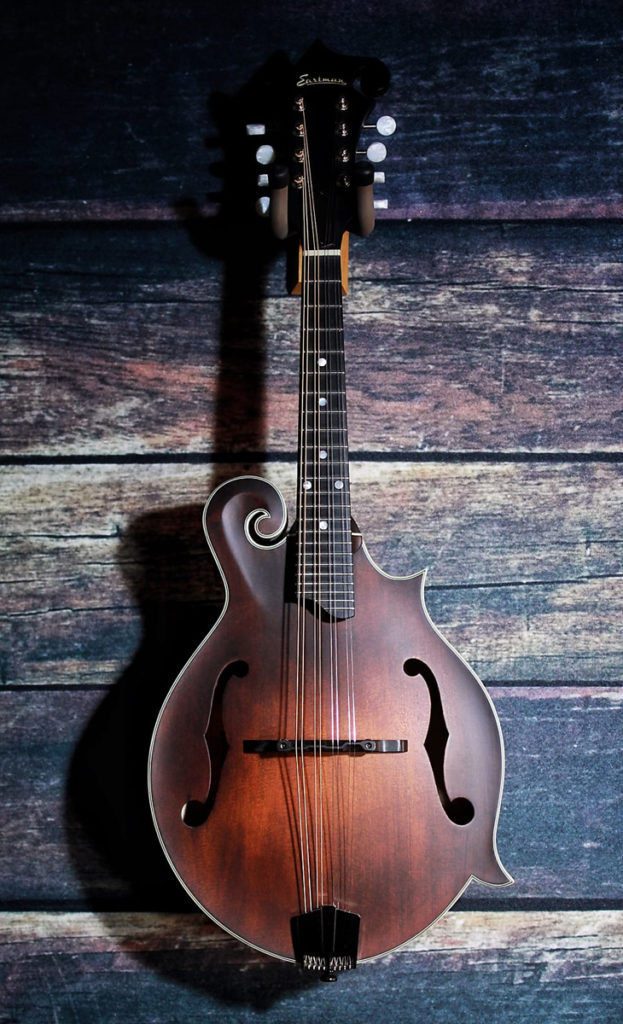
The fingerboard is made of rosewood (rosewood). Mechanical elements are chrome-plated. Number of strings - 8, tuning type G-D-A-E.
The average cost of Eastman MD 315 is 64,808 rubles.
- Sounds suitable for playing in a variety of styles;
- Users report an excellent quality-to-value ratio.
- Not.
Stagg M 50E BLK
Black electro-acoustic mandolin. The top, tuning pegs and neck are made of nato wood (a relative of mahogany), and the fingerboard is rosewood. The adjustable bridge is made of black painted maple wood.
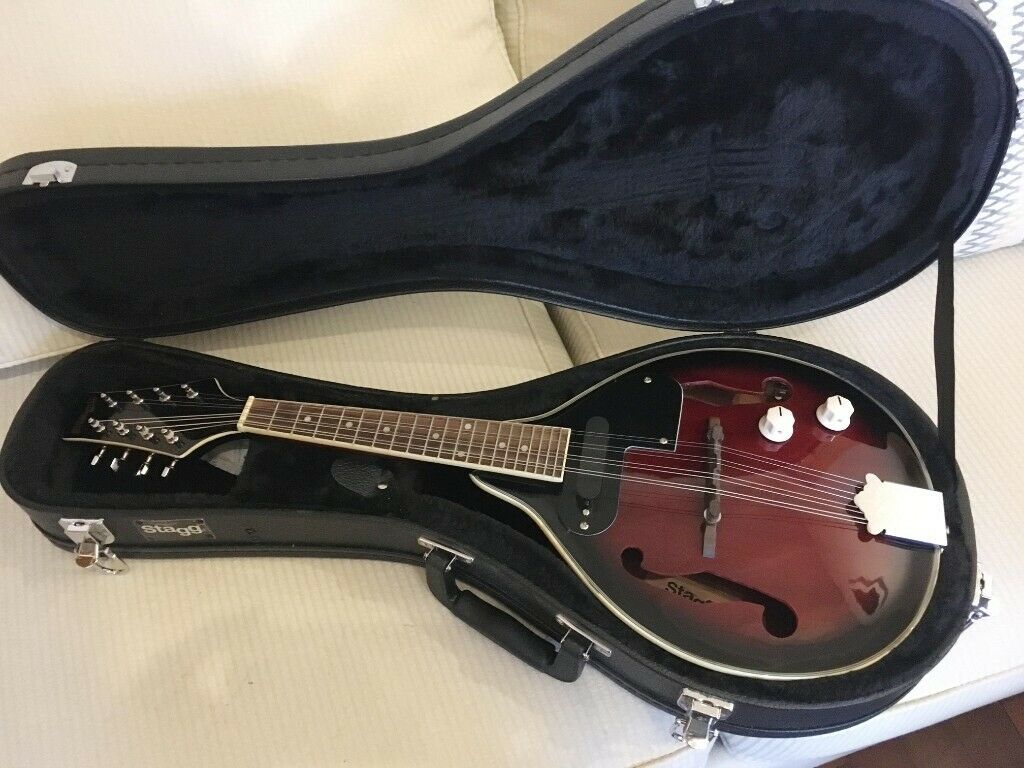
The number of frets is 20 frets. Tailpiece and tuning pegs are nickel plated. The Stagg M 50E BLK has 2 F-holes, a single coil pickup and 1V / 1T controls.
The average cost of "Stagg M 50E BLK" is 12,547 rubles.
- Budget option, suitable for training;
- Ideal for solo use.
- Difficulty in adjusting the adjustable bridge.
Hora M1088
This is a tenor mandala model featuring a flat back and four pairs of double strings. The body of "Hora M1088" is made of solid maple, the top is made of Carpathian spruce wood.The neck is nickel-plated, the base and the neck are also made of maple.

The scale is 402 mm, the total number of strings is 8 (four on each side), the number of frets is 19. The fretboard is made of ebony, the tuning pegs are cast and gilded.
The average cost of "Hora M1088" is 12,573 rubles.
- The price allows you to purchase it for novice musicians;
- The quality is excellent for the price.
- There are no significant ones for this cost.
Washburn M1K
The American company Washburn has been producing musical instruments since the 19th century. The products of this company are distinguished by full-fledged, clean sound, high build quality and affordable cost. The Washburn M1K is suitable for both experienced musicians and those who begin their acquaintance with playing this instrument.
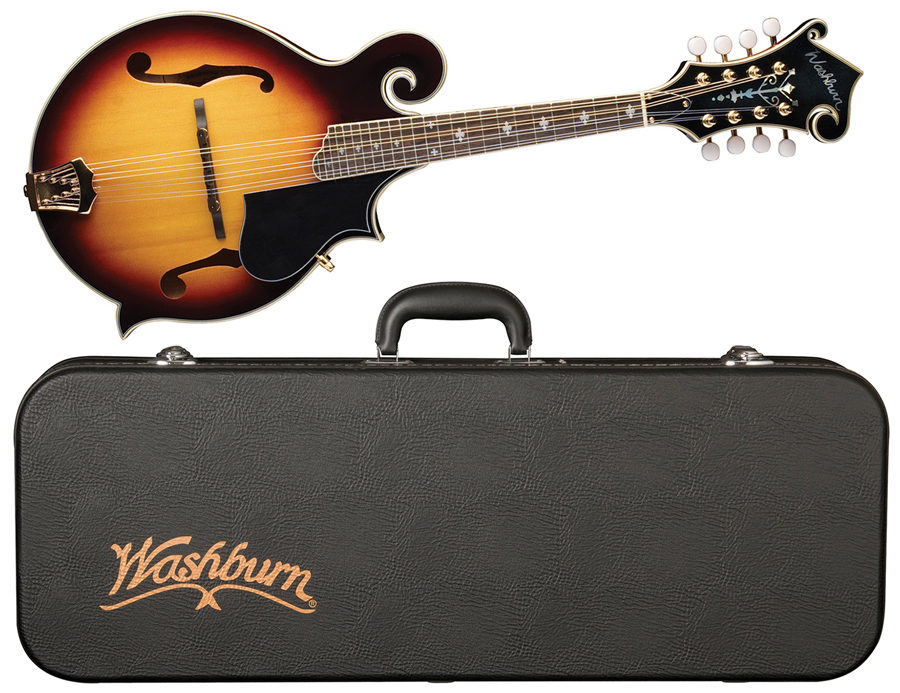
American style A-Style mandolin in sunburst color. The top is made from spruce wood, the back and sides are from solid maple, and the fingerboard and bridge are made from rosewood (rosewood). Washburn M1K tuners and fittings are chrome-plated. Scale length is 330 mm (13 3/4 inches), number of frets - 20, number of strings - 8, zero nut width is 1.13 inches. The Washburn M1K comes with a carrying and storage pouch, picks, tuning fork, strap and full model information booklet.
The average cost is 10,214 rubles.
- Nice starter kit;
- Great sound quality.
- Not identified.
How to learn to play the mandolin
This ancient instrument can be played while standing using a special strap to reduce the load, or seated with one leg over the other to support the instrument.
When playing with the left hand, a technique resembling a guitar is used: the neck must be grasped with your thumb, placing the rest of your fingers under the strings, pressing them to the frets in the necessary places.
Avoid keeping your fingers high above the strings when performing a fast passage. You can play on separate strings, as well as chords.
When playing with the right hand, fingers are rarely used, usually a pick is used, which must be clamped with the thumb and forefinger of the right hand, while other fingers are not involved in the game. The hand should be resting on the body and the forearm is slightly above the tailpiece.
The best place to pick up sound is at the resonator hole, if replaced by f-holes, near the bottom end of the fretboard. Moving the pick towards the stand can produce harsh sounds, while closer to the neck, on the contrary, the sound softens.
The main technique of playing the mandolin is tremolo - this is the extraction of a fast repetitive sound. Mandolin strings tend to produce short, quickly decaying sounds, so tremolo is played to prolong the sound.
Mandolin is played with a wide variety of techniques that are applicable to stringed plucked instruments:
- vibrato;
- glissando;
- slip;
- pizzicato;
- harmonics;
- grace notes;
- guitar pools, hummers, arpeggios and others.
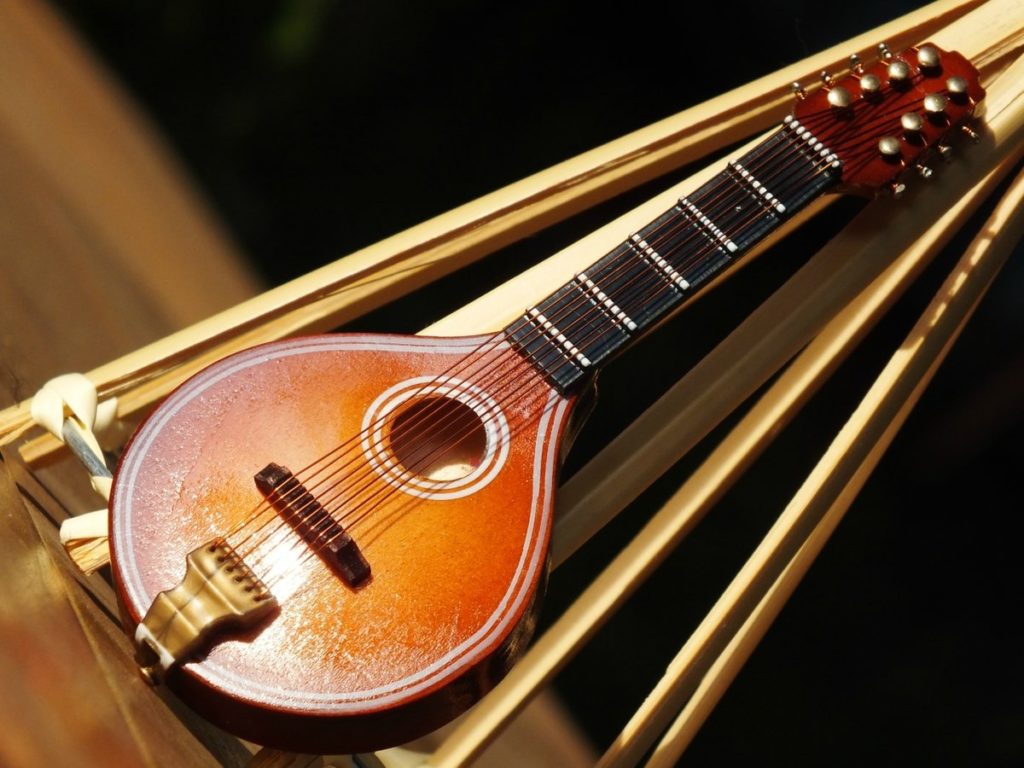
The Italian mandolin remains popular today, finding its implementation in a variety of contemporary musical trends and styles. The technical capabilities of the 21st century - sound technologies, electroacoustics and others - allow unleashing the potential of the instrument in such genres of music as rock, metal, folk-rock, giving the composition a special sound with romantic or exotic notes.
new entries
Categories
Useful
Popular articles
-

Top rating of the best and inexpensive scooters up to 50 cubic meters in 2024
Views: 97661 -

Rating of the best materials for noise insulation for an apartment in 2024
Views: 95022 -

Rating of cheap analogues of expensive medicines for flu and colds for 2024
Views: 91751 -

The best men's running shoes in 2024
Views: 87681 -

Top ranking of the best smartwatches 2024 - price-quality
Views: 85091 -

Best Complex Vitamins in 2024
Views: 84801 -

The best dye for gray hair - 2024 top ranking
Views: 82406 -

Rating of the best wood paints for interior use in 2024
Views: 77202 -

Ranking of the best action cameras from China in 2024
Views: 75269 -

Rating of the best spinning reels in 2024
Views: 74827 -

The most effective calcium supplements for adults and children in 2024
Views: 72463 -

Top rating of the best means for male potency in 2024 with a description
Views: 68296
